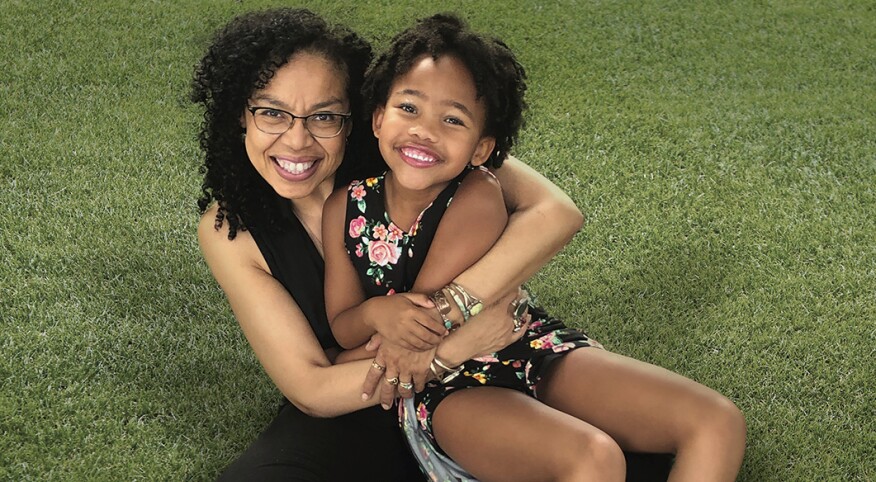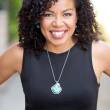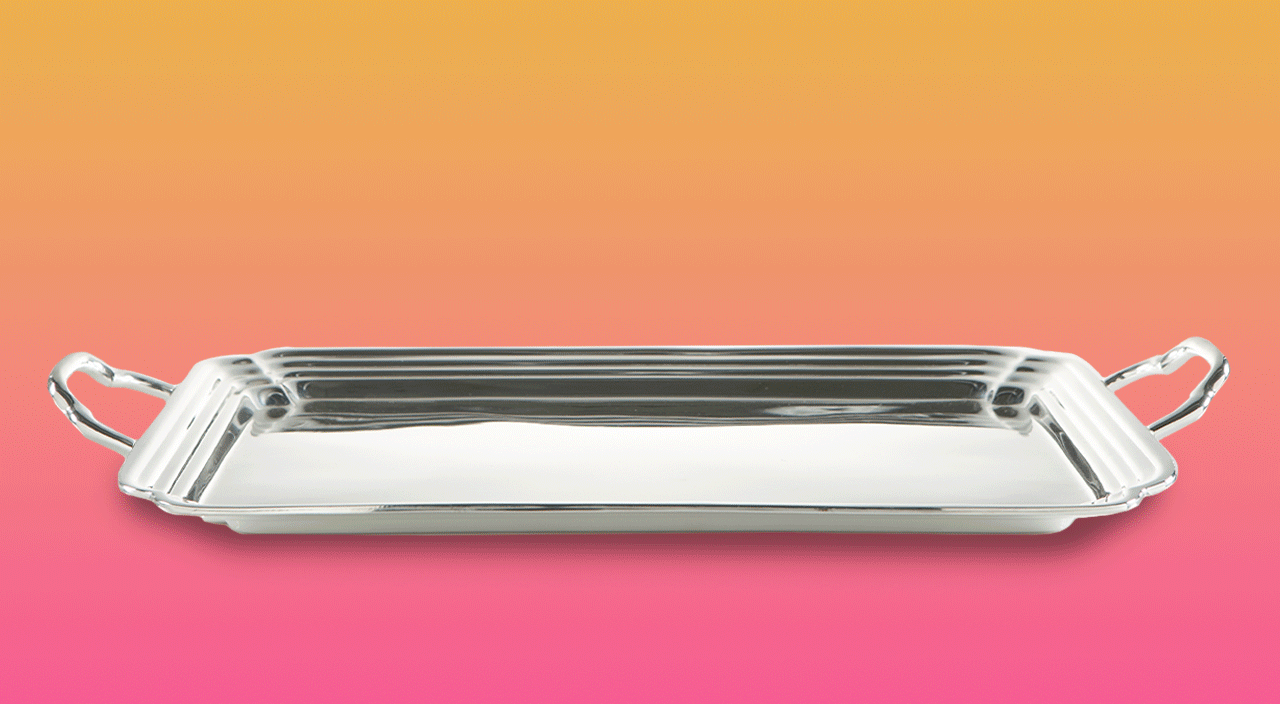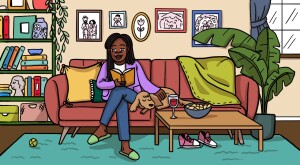My beautiful niece, Tessa, was 4 when we formed the Curly Hair Girl Club.
My sister had told me that Tessa loved that she had hair like her auntie’s, which lit my heart up. She was at such an important developmental stage. And she loved her hair? That was wonderful! My sister and I vowed we were going to do everything we could to nurture that love. So, on a trip to Washington, D.C., where I was the nanny while my sister attended a grad school class, Tessa and I formed our club and took pictures of our shadows to show off our curls. Washing and styling her curls made me so grateful that I had finally come to love my curls so I could celebrate her love for hers. These days she sends me happy photos from the hairdressers’, a ritual set by her mom and shared with me.
When I was 4, I didn’t love mine. I was raised by my Native mom and grandma. My father was Black and Native with very curly hair, but I didn’t know him or his family. Mom’s hair was thick with big curls but mine was thicker and tangled, hanging to my waist, and required a great deal of patience that she often didn’t have. When grandma took over fixing it, it took hours to wash and dry. I remember having to come inside sooner than the other kids in my neighborhood on Sunday nights because I had to let it dry before bed. I would sit with a towel over my shoulders and watch them play in my backyard. Under my apple tree.
I didn’t love my curls until I was 25 and pregnant. I couldn’t chemically straighten my hair anymore so the curls grew in thicker and tighter than ever and I loved it. There was an awakening of who I was, as a soon-to-be mom, and as a woman of color. I was going to have a child who needed me to understand and have compassion and gentleness for who I was in this world because that child was going to need my help. After my daughter was born, I embraced the curls and began a journey of caring for my hair and not hiding what was natural.
When I was Tessa’s age, I lived in a small town in Minnesota where the few Black women there didn’t pay me any attention. Nobody talked to me about how to tend to my hair, so I was left to wish for it to be like my white blonde friends.
I got occasional compliments but they always came from a random white woman who would coo how pretty my hair was and just touch it. Pet it. Leaving me to feel like a show pony and not a person.
I needed to know the history of Black women’s hair. That my curls connected me to Black queens. Strong, intelligent, fierce queens. That even when my ancestral grandmothers were beaten and worse because of their race, and their beauty harnessed as exotic and hated for it, they were fighters. They embraced how God created them. And if they could fight to survive, looking like and being who they were in the worse unimaginable violent lives ever, then I could, too. I had warrior blood in me, too.
I believe that for Black girls our hair isn’t just hair because it carries so much history. It’s a deeper part of our identity. Of our strength. It is a statement. And we can control that statement instead of basing our self-image, our self-esteem and our self-worth on how others view us. That’s what I want to instill in Tessa.
I’m thrilled there are more role models for young girls today. Yara Shahidi and Marsai Martin are two at the top of the list. In 2019, Kaleigh Garris, Miss Teen USA, wore her curls natural and won. She continues to speak out about what young Black girls face today with beauty standards still set by white people. And Zozibini Tunzi wore her hair natural, too, when she was crowned Miss Universe in December. In fact, that’s the first thing I noticed when I saw the news. And the second thing I thought was, I have to tell Tessa all about her. And her curls.
When I asked Tessa, now 6, what she liked about her curls, she said matter-of-factly, “I love when it’s natural and all I need is a headband and I’m ready to go.”














